Benevento is a city that can boast a rich history dating back to the Roman Empire. One of the most important monuments is the majestic Arch of Trajan – a triumphal archway that is a symbol of the power of ancient Rome.
Located in the Campania region of Italy, Benevento is a charming city that perfectly combines history, culture and natural beauty. With its well-preserved ancient ruins, picturesque landscapes and vibrant life, the city is a great destination for travelers who enjoy such a combination.
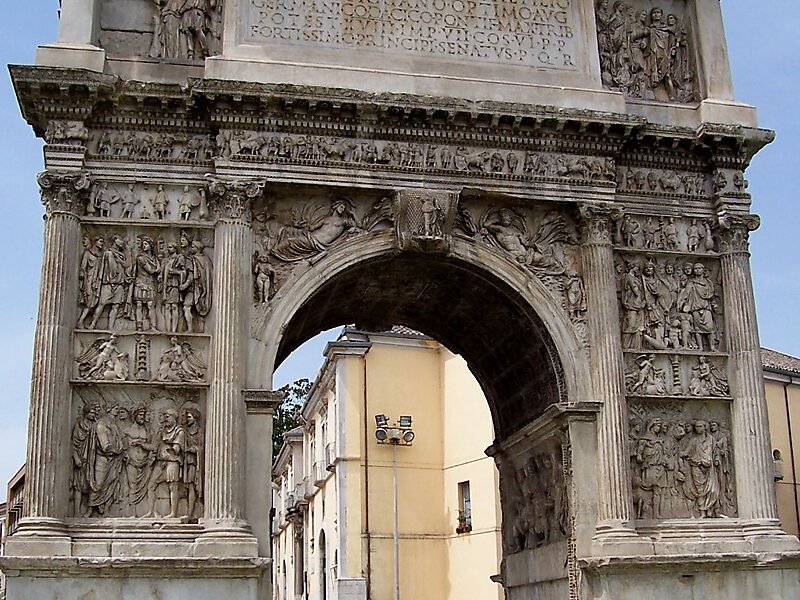
Benevento is a city located only a dozen or so kilometers from Naples. It is inhabited by almost 60 thousand inhabitants. Thanks to the magnificent monuments from different historical periods, the city is increasingly visited by tourists during the holiday season and not only. It turns out that you will find many amazing monuments from different historical periods there. Check what is worth seeing in Benevento!
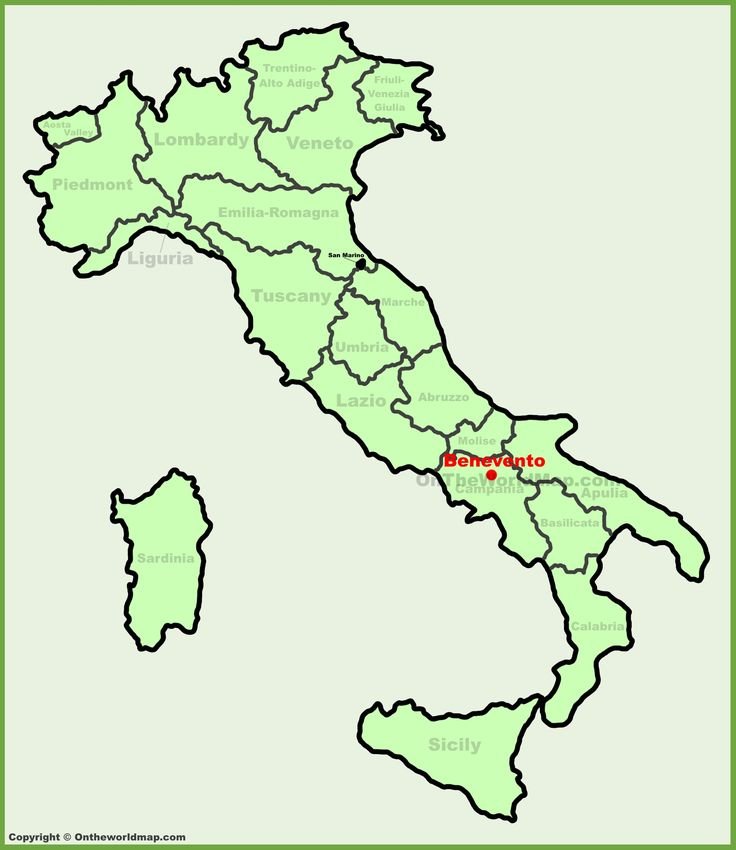
Benevento is a city in central Italy, located in the southern part of the historic region of Sannio.

Arch of Trajan in Benevento

The Arch of Trajan at Benvento is a single, barrel-vaulted monumental arch which was built between AD 114 and 117 to celebrate the completion of the Via Traiana, which left the Via Appia at Benevento. The arch is exceptionally well-preserved and is decorated with a well-known series of sculpted reliefs of its eastern and western facades.
Roman Theatre In Benevento

The monument is located in comune di Benevento in provincia di Benevento. The Roman theatre is one of the largest ancient theatres and was brought to light in 1920.
Its construction dates from the end of the 1st century to the beginning of the 2nd century AD and its diameter is 90 metres. It consists of a semi-circular cavea with a radius of 40 metres, which held more than 10,000 spectators, an orchestra with a radius of about 10 metres, and a large stage.
The Birthplace Of Padre Pio – museum
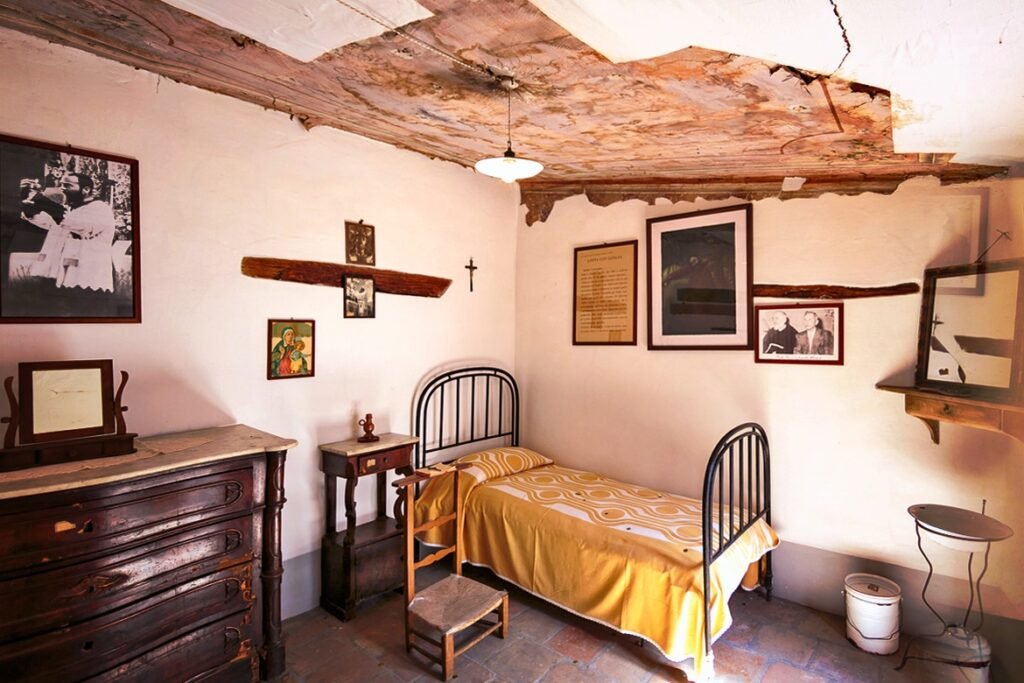
In the picturesque town of Pietrelcina in the Apennine Mountains located net to Benevento. Faithful Catholics honoring Saint Pio, one of the most famous saints of the 20th century. Also known as Padre Pio (Father Pio), he gained global celebrity for claiming to exhibit stigmata and supernatural abilities such as communicating with angels, receiving visions, and performing miracles.
The museum – birth homePadre Pio is open to visitors.The Forgione family owned several properties, not necessarily in close proximity to each other but located along the same street.Near the house where the Saint was born, there is a small room, accessible by a steep flight of steps, where Padre Pio lived from 1909 to 1912. During this time, the Saint was forced to live outside the convent for health reasons. The strict rules of the Capuchin order ordered the friars who left the monastery to take off the clothes of St Francis and not to live with their family of origin.
Rocca dei Rettori
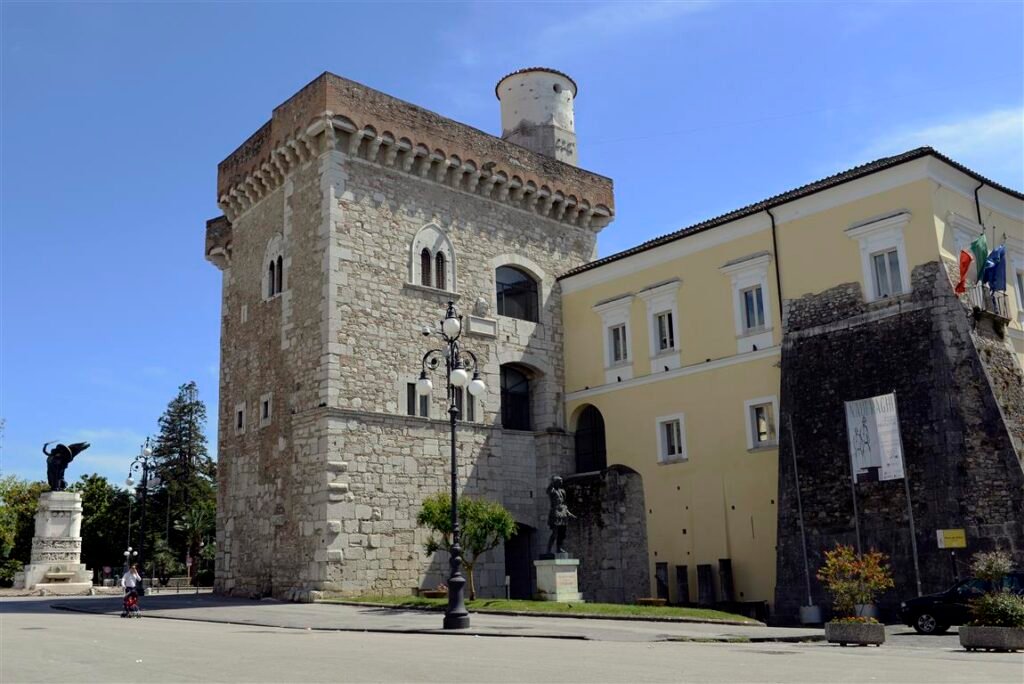
The Rocca stands at the highest point of the historic center of Benevento. The Samnites, in the 4th century BC, were the first to use the place where the Rocca is located as a defensive position. The Romans built a thermal building in this area, called Castellum aquae, the remains of which are still visible in the garden.
Benevento Cathedral

Benevento Cathedral is the seat of the Archbishops of Benevento. It dates back to the Lombard foundation of the Duchy of Benevento in the late 8th century, but after its destruction by Allied bombing in World War II, it was largely rebuilt in the 1960s.

Basilica della Madonna delle Grazie

The Basilica of Maria Santissima delle Grazie is a monumental 19th-century church in Benevento, to which a Franciscan convent is annexed, which was rebuilt after the Second World War. The area where the basilica is located measures an altitude of 126 m above sea level. The Madonna delle Grazie is venerated as the patron saint of the city and is celebrated on July 2.
Church Of Saint Sofia

The Church of Santa Sofia in Benevento, or Chiesa di Santa Sofia, is listed as one of seven UNESCO World Heritage Sites in the Lombard category in Italy. The church was founded by Duke Arigis II of Benevento around 760, based on the chapel of Liutprand’s palace in Pavia.
The church was extensively rebuilt in the 18th century, giving it a round shape, with the addition of two chapels and a new Baroque façade. Most of the original frescoes have disappeared; only a few survive. On the outside, in the frame of the Romanesque doorway, there is a 13th-century bas-relief depicting Christ seated between the Virgin, St. Mercury and the kneeling Abbot Gregoire.
Museum of Sannio

The Santa Sofia monastery cloister and the adjacent convent structures are now home to the Samnium Museum, which houses archaeological and historical-artistic objects. These include a group of finds from the monumental temple of Isis built in AD 88, and an abundant Lombard collection that illustrates Benevento.
Paul V Palace

Palace of Paul V (Palazzo di Paolo V), Corso Garibaldi 145, 82100 Benevento, BN. Palace is back from the 16th century. Its façade is of classical mannerist architecture. Now it houses many cultural institutions and cafes.
Torre della Catena

The Tower dates back to the pre-Roman period. When it was created, it had a defensive function, which included almost the entire area. Over the years it underwent modifications, which were made with Roman elements found in the buildings at the tower. Today, however, you can see only the ruins, those few walls left.
Vanvitelli Bridge
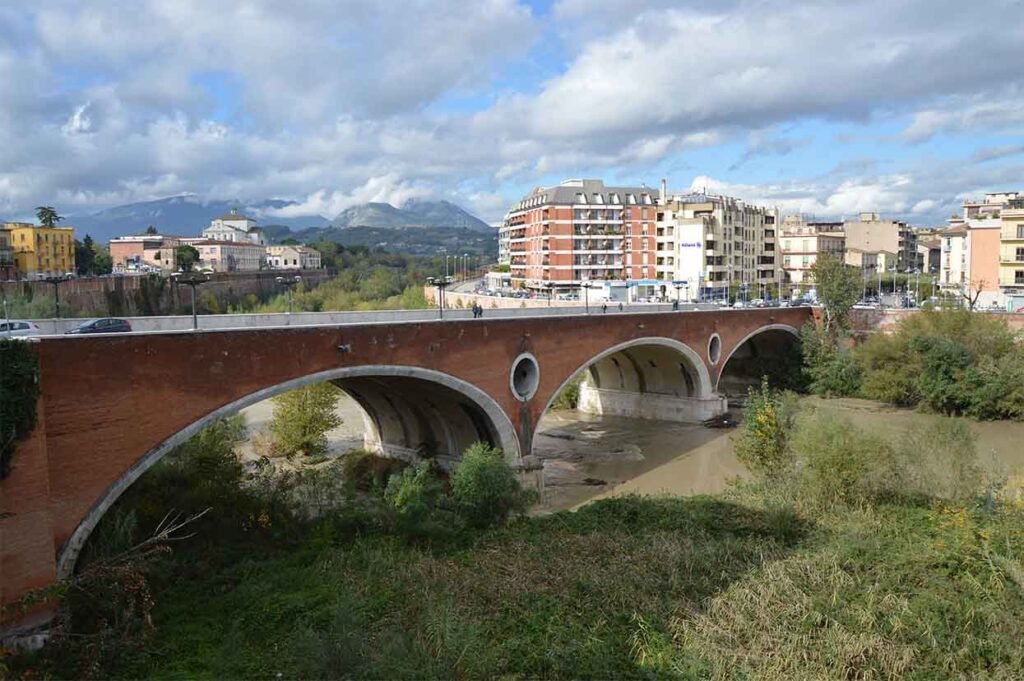
It connects the lower part of the city (Rione Ferrovia) with the historic center. Vanvitelli’s contribution was that he rebuilt the bridge in the 18th century. A terrible flood in 1949 it destroyed and it was rebuilt again in 1960.
Zoo Delle Maitine

In the beautiful setting of the hills north of Benevento, near the town of Pesca Sannita, you will find the Zoo delle Maitine, a zoological garden designed for the younger generations, but suitable for all ages, which promotes knowledge of nature and biodiversity, conveying the importance of research, conservation and respect for the environment.
In fact, the animals are the real guests of the zoo. They are divided by their geographical areas of origin (America, Africa, Australia, Eurasia) and by thematic and educational areas. In this way, the species of a specific area coexist in the same structure that recreates their place of origin, and also visitors can follow easy and intuitive paths, learning the characteristics of the animals thanks to detailed tables.
